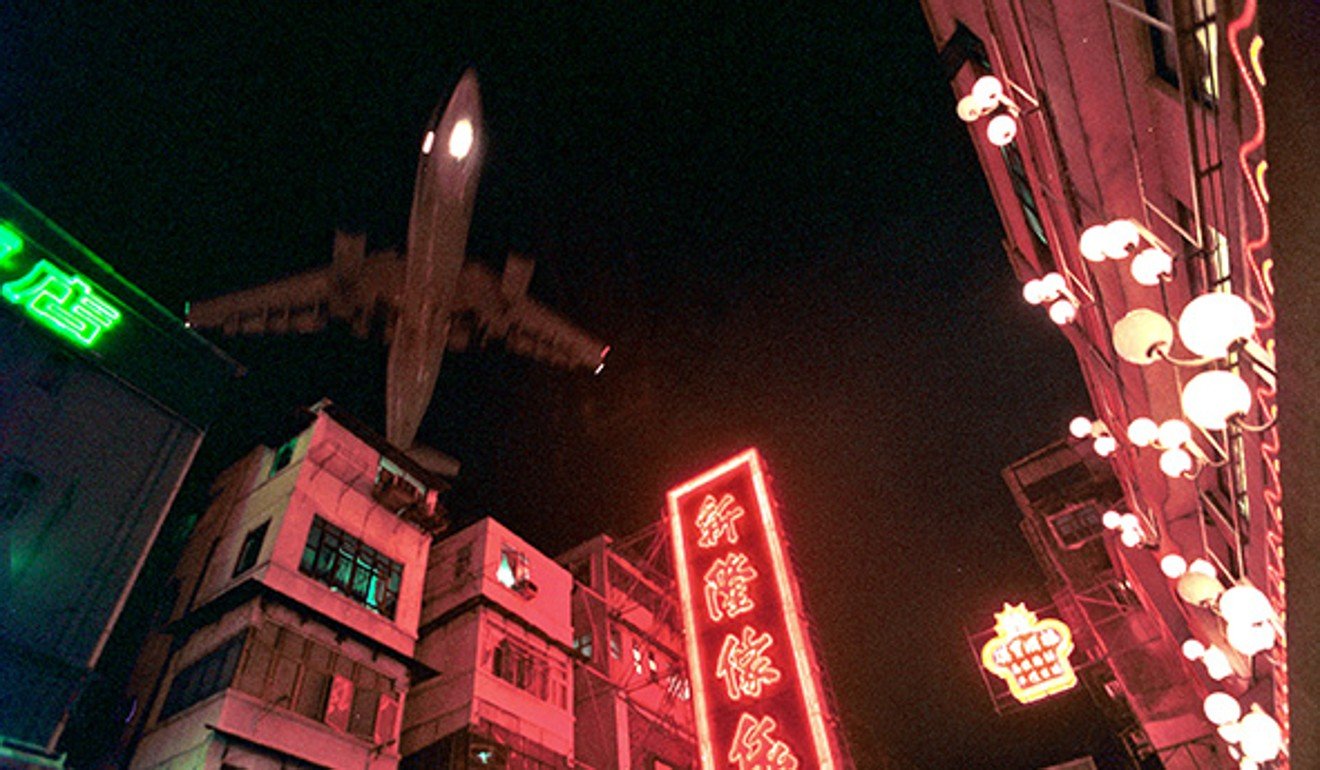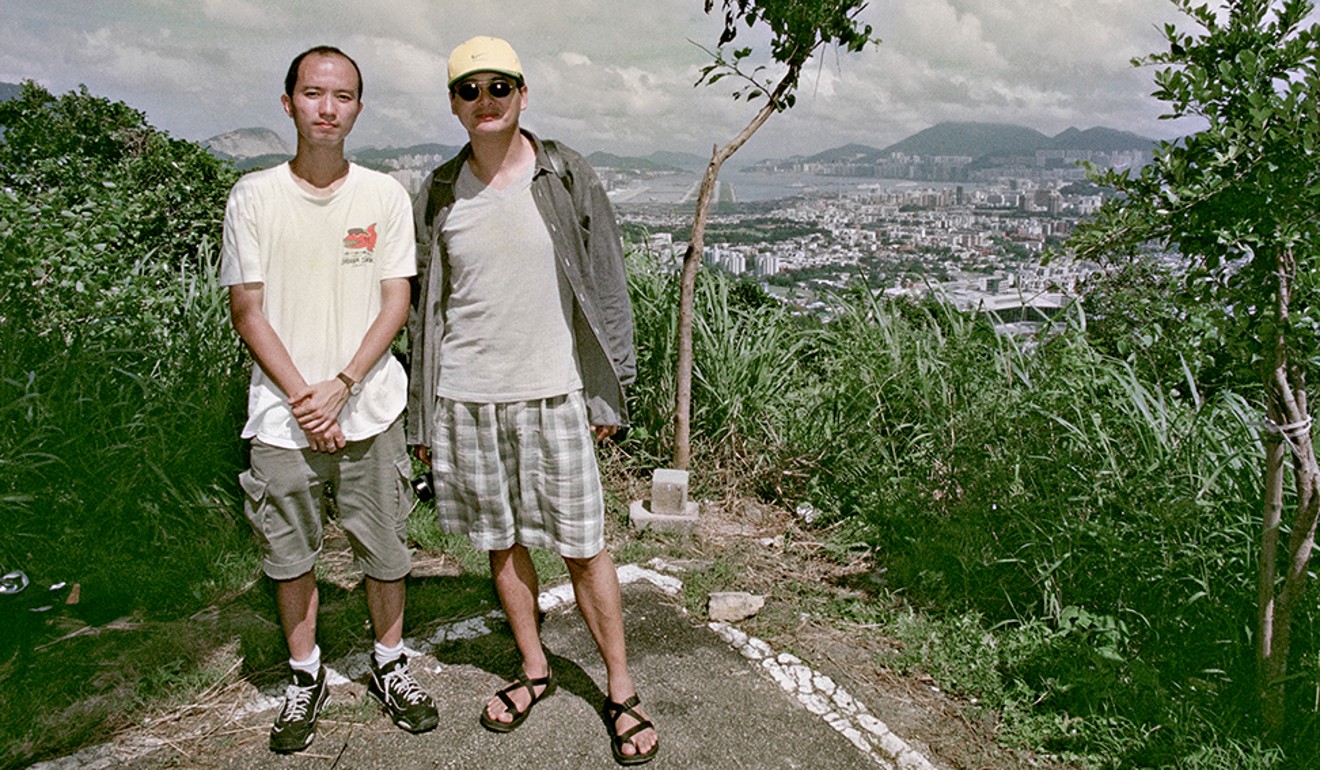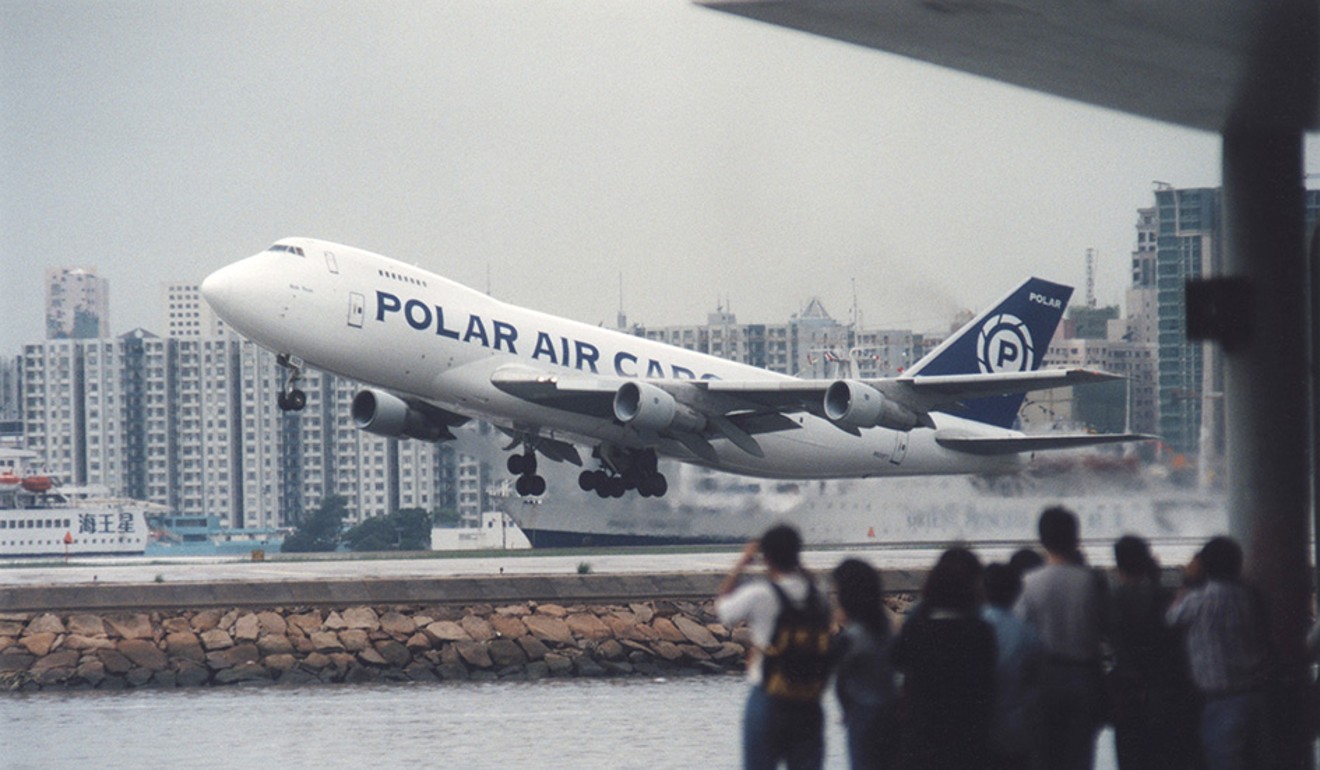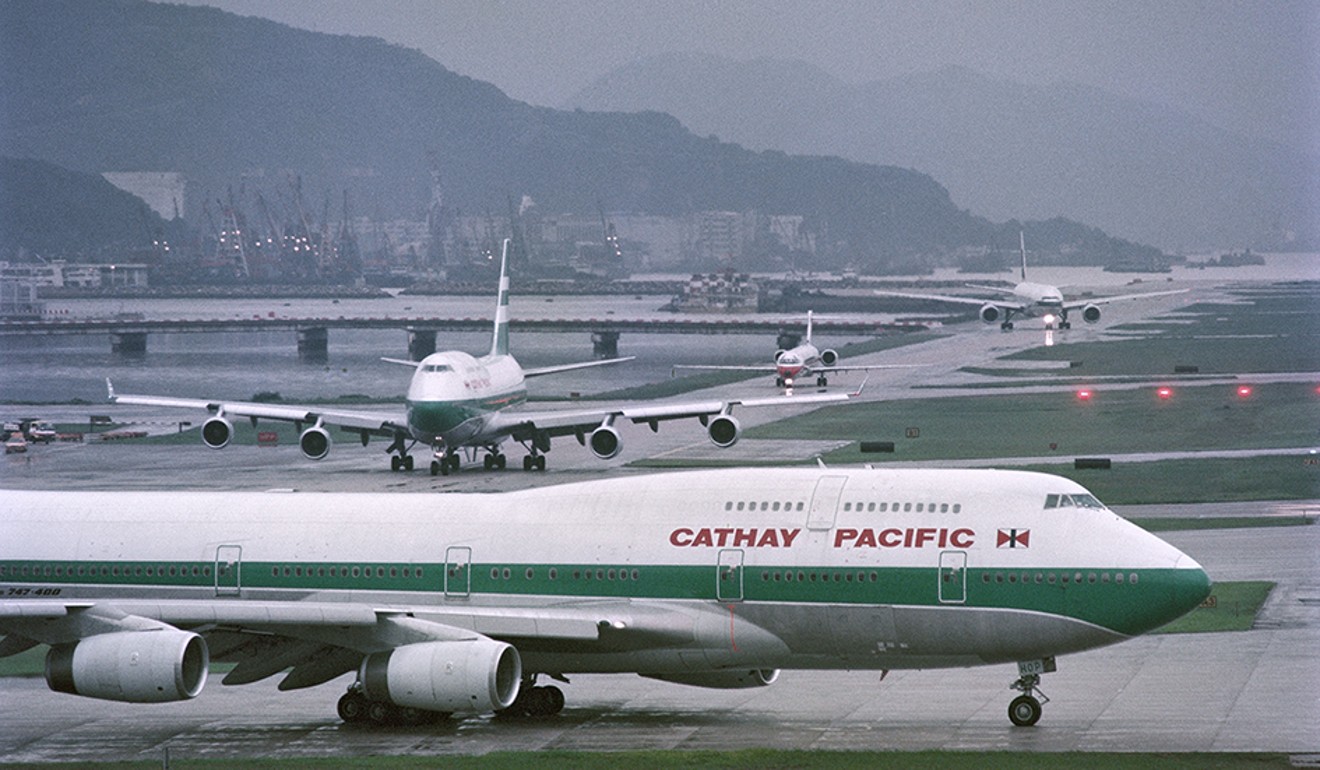
Hong Kong’s Kai Tak airport: photographer recalls ‘the golden years’ and its final days
- In 1998, photojournalist Birdy Chu set out to record the last months of the airport and the airliners flying low over the city on their final approach
- ‘I loved that iconic landing,’ says Hongkonger, who has shot thousands of photos of Kai Tak, of which 45 are on show in Kowloon near site of airport
Photographer Birdy Chu Shun shot thousands of images of Hong Kong’s Kai Tak airport in 1998 before it closed in July that year and operations moved to the glitzy Hong Kong International Airport at Chek Lap Kok.
Like many Hongkongers, he has fond memories of Kai Tak, one of the most difficult airports in the world to pilots to fly in and out of, and which had started as a humble airfield in 1925. Anyone who landed there has a story about airliners’ hair-raising descents that came close to buildings on the approach to the runway.
“I loved that iconic landing,” says Chu, a Hongkonger, who landed there six times. And he loved the airport.
“There are so many unforgettable memories surrounding Kai Tak. It has almost legend-like status, like a myth,” says Chu, a former photojournalist who now lectures in media and communications at the City University of Hong Kong.

Forty-five photographs Chu shot in the airport’s final months of operation are on display until April 22 in an exhibition, “Kai Tak Airport Visual Retrospective”, at the Mikiki shopping mall in San Po Kong, Kowloon, a venue that’s fittingly close to the site of the former airport.
“When I heard Kai Tak airport was closing, I tried to get some shots of her. This was at the start of 1998,” Chu says. “When I got to the roof of an old building to take some photos, a loud striking noise rushed over me as a plane went by, forcing me to the ground … This unforgettable experience motivated me to make a more comprehensive project about the planes, the city and about Kai Tak.”



Included in the show are images taken on July 6, 1998, when thousands of people gathered on the terminal roof to witness the airport’s final day of operations.
In the months leading up to its closure, Chu would trek around the city – from The Peak to Kowloon City – looking for vantage spots to capture the best images of airliners coming and going. His efforts paid off, with shots like one taken from the top of a hill near Kowloon Tong. “In that photo I’m actually higher than the plane,” he says.
“I was devoted to this Kai Tak experience; finding different spots, angles, and the right timing to capture a plane landing. Through the busy streets, up the mountains, day and night, [and] on old buildings’ roofs filming planes from different directions.”
On one photo mission in May 1998, Chu recalls encountering Hong Kong actor Chow Yun-fat, the star of action films including A Better Tomorrow, The Killer and Hard Boiled.

“I was halfway down The Peak, after taking some shots of Kai Tak, when I walked past Chow Yun-fat. He was also taking photos of planes landing at Kai Tak. What a surprise … I was so lucky,” he says.
Chu also recalls a “special moment” when he was the first person to walk on the empty runway after the airport’s closure.
“I was standing right in the middle of the runway – it was such a weird feeling to be in the centre of Kowloon and not see anybody.”


Out of his collection, it’s not surprising that his favourite image is one of Cathay Pacific Boeing 747 “The Spirit of Hong Kong 97” apparently sandwiched between two buildings.
“I love this shot,” he says. “And the traffic jam that you can see really reflects daily life in Hong Kong in the ’90s … it was always so busy.”
Chu says watching planes make sharp turns to land on the runway that extended into the sea was thrilling.


“The planes would make a 47-degree right turn [at under 300 metres, or 1,000 feet] to land, with the pilots using the checkerboard painted in white and orange on the side of a [hill] as a guide.”
While the colours on the checkerboard have faded, memories of the airport for people like Chu remain as vivid as ever.
“Kai Tak is a collective memory [of] Hong Kong people,” says Chu. “It was a living airport right in the middle of Kowloon City – and only a five-minute walk if you wanted to grab a local coffee.
“They were happy days. The golden years of Hong Kong.”
Kai Tak Airport Visual Retrospective, Mikiki mall, 638, Prince Edward Road East, San Po Kong, Kowloon. Until April 22

